Practical tips
Hanging artwork on the wall can be a straightforward process if you follow these general steps. which are are for guidance only. We recommend consulting a handyman, or in challenging situations an art installer, for professional advice.
Preparation:
Gather tools: You'll need the following items: a hammer, a bradawl, a drill and screwdriver, fixings (screws, rawlplugs, nails or picture hooks), a tape measure, a pencil, a spirit level.
Prepare the Artwork: Ensure your artwork is ready to hang. If it has a cord or hanging mechanism already attached, make sure it's secure. If not, you may need to install D-rings, strap hangers or wire on the back of the frame. All of our framed prints are supplied ready to hang. If artwork supplied by us does not have a cord, do not fix one as it is intended to be fixed by two strap hangers - see "The hanging mechanisms fixed to our frames" - above.
Positioning:
By positioning the vertical center of the print between 5 feet 6 inches and 5 feet 9 inches off the ground, you're aligning it with the average eye level of a person, providing an optimal viewing height. Additionally, centering the print horizontally within its designated space, whether it's from one side of a wall to the other or from the edge of a cupboard to the edge of the wall, helps create a balanced and visually pleasing composition.
These guidelines are not set in stone, and personal preferences and specific circumstances may require some adjustments. However, as a general starting point, following these recommendations will typically result in a well placed and aesthetically appealing display.
Attach the fixings to the wall:
Measure the desired height from the floor and make a light pencil mark on the wall. Use a tape measure to find the centre point of the artwork's width and mark it on the back of the frame. We recommend two fixing points for all artworks. If artwork will be hung via a cord mark two points equidistant from the centre point. Otherwise mark two points in the positions of the D rings or strap hangers.
For heavy pieces - Locate Wall Studs: (If you're hanging a heavy or large piece, it's advisable to attach it to wall studs for added stability. You can use a stud finder or knock on the wall to locate them. Mark the stud positions with a pencil.
Position the Hanging Hardware: Hold the artwork against the wall at the desired height and align it with the marks you made. Use a spirit level to ensure the artwork is straight.
Take great care to ensure there are no cables or pipes behind fixing points. If safe to do so, insert the hooks, or screws into the wall at the marked spots. Ensure they are securely in place.
Hang the Artwork :
Lift the artwork and carefully hang it on the screws or hooks. Step back and check if the artwork is straight and positioned as desired. Ensure it's level by adjusting it accordingly.
Make Final Adjustments: If needed, make any minor adjustments to the position or levelling of the artwork. Use a level to double-check alignment.
Success!
That's it! You've successfully hung your artwork on the wall. Remember to take necessary precautions when handling heavy or valuable pieces, and always follow any specific instructions provided by the artwork's manufacturer.
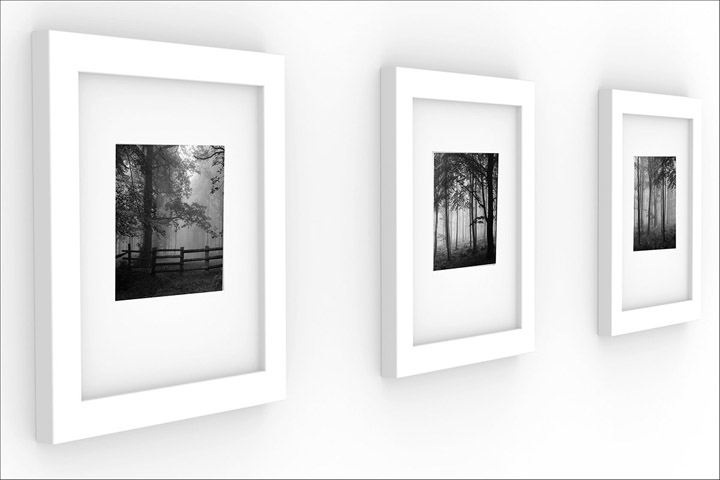
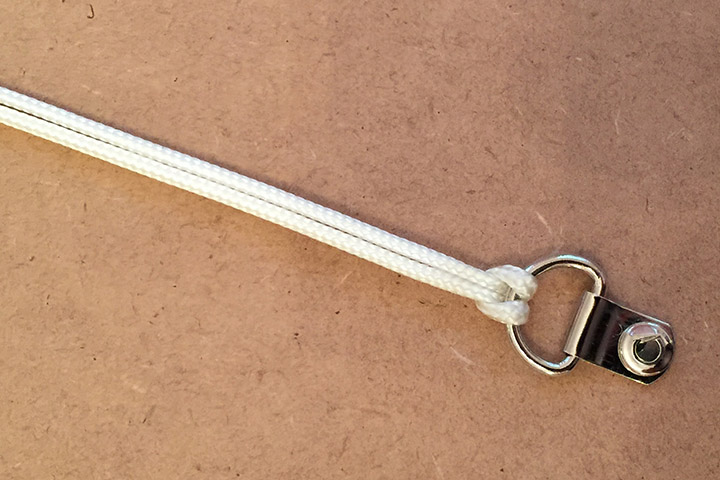
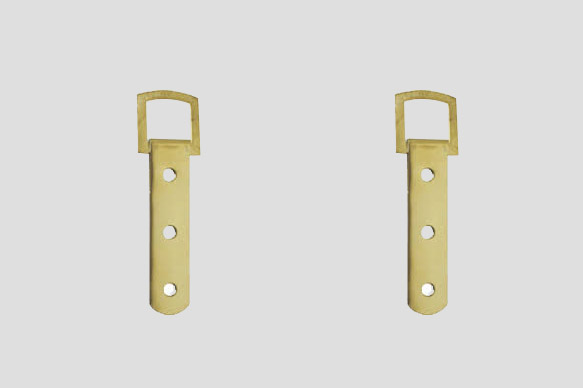
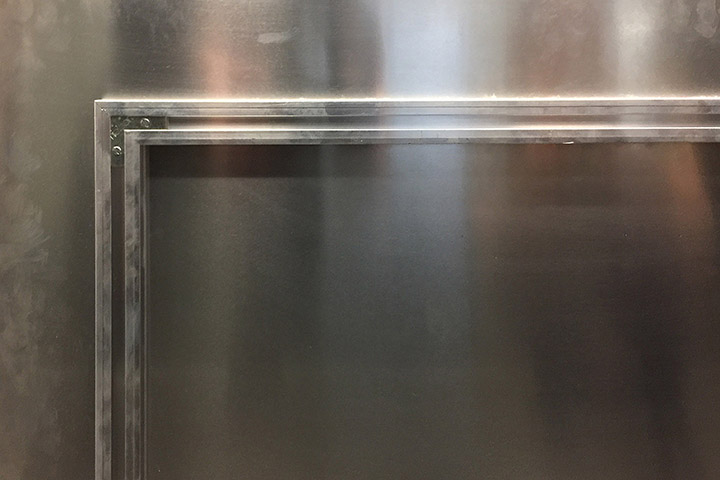
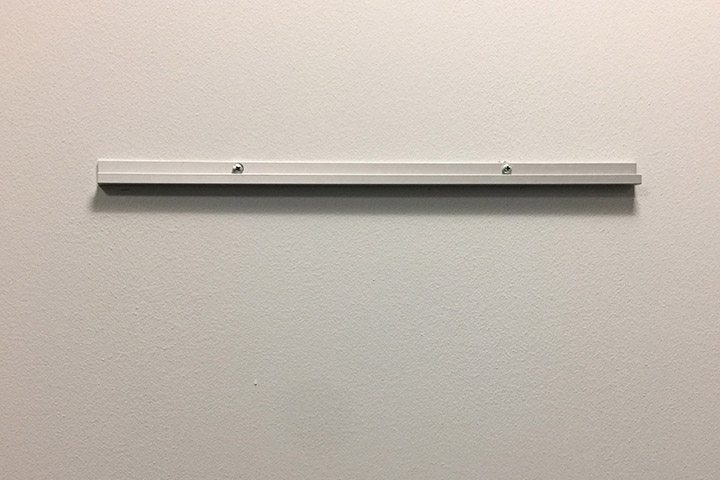

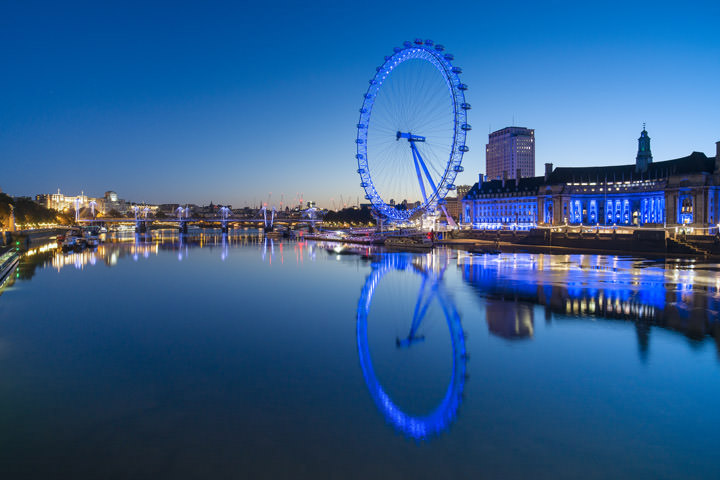

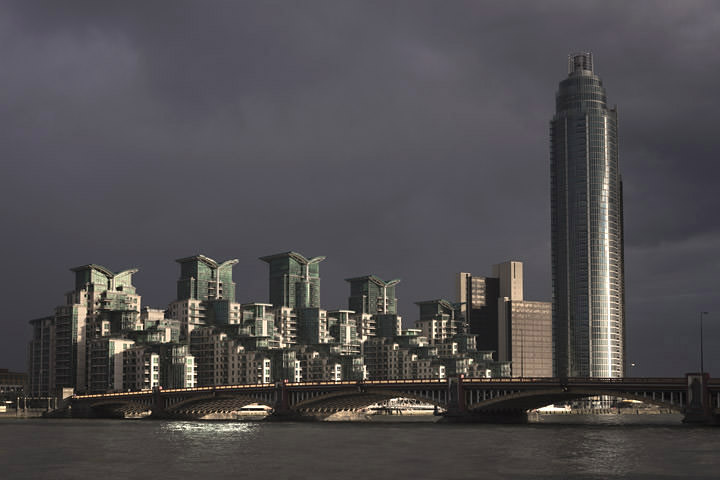


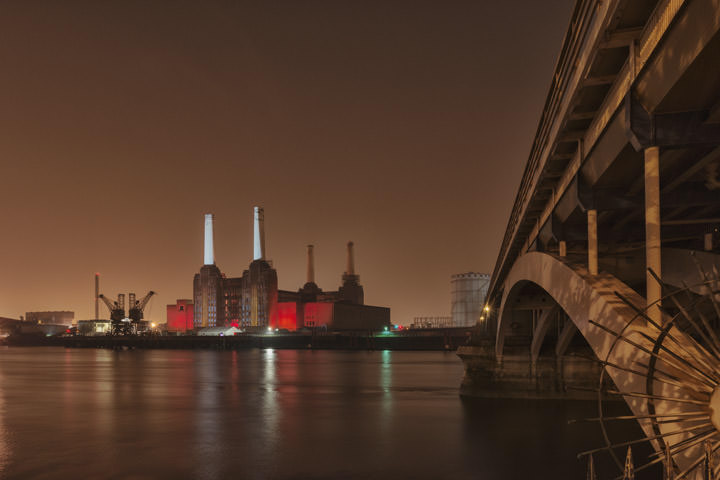

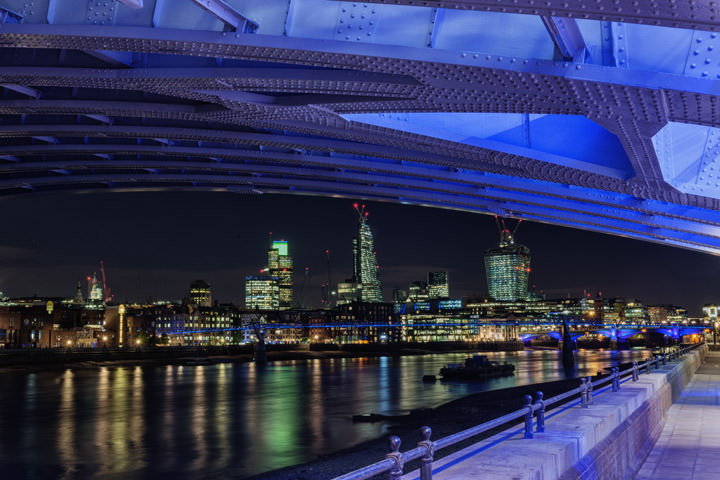
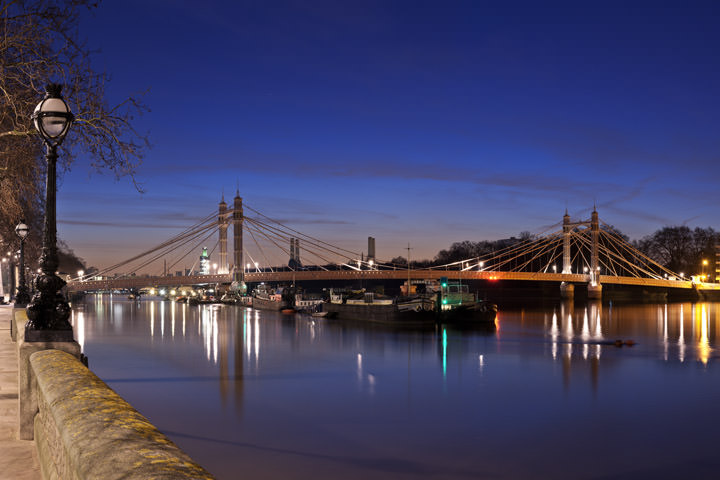

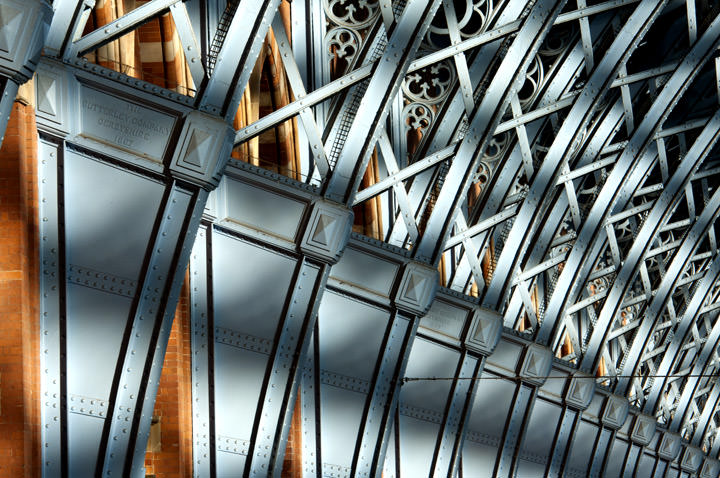
 Quite simply, the best photography of London I have ever seen
Quite simply, the best photography of London I have ever seen